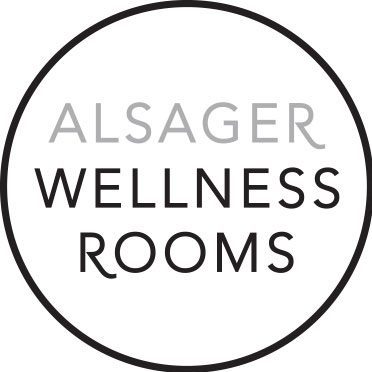Osteopathy is a drug-free therapy involving hands-on treatment. Its work is built on principles that acknowledge the body’s capacity for healing, the relationship between structure and function, and others. These principles guide the way we examine and treat. Your osteopath will look at you as a whole to understand the root causes of your symptoms. This means treatment can be focused to areas that are not painful, which will be explained to you at the time.
Work to Joints
Almost every case will involve techniques to improve movement through a joint. The holistic nature of osteopathy means we look for areas that are working inefficiently, as they may have overloaded the painful area.

Gentle Work on Joints: Articulation
Conditions like frozen shoulder benefit from gentle, repeated movement of the shoulder. The same is true for simple mechanical lower back pain.
Osteoathritic joints respond really well to articulation too, especially in the early stages. The movement alone begins to clean out the unhealthy cartilage in these joints, allowing the joint to heal itself. This applies whether you can do the movement yourself, or if your osteopath does it for you. Secondarily, the movement encourages the neighbouring muscles to relax off too. Often it’s the guarding from the muscles that actually makes the arthritis worse.
Clicking Joints: Manipulation
We often click joints in the back, but sometimes other joints benefit from manipulation too. Joints at either end of the collar bone, as well as those in the foot and hand can respond really well to this. Spinal manipulation is one of the strongest techniques we employ, and it can make a rapid and significant change. MRI scans of a joint being “clicked” show a flash of light, which we understand to be a bubble of gas. Whether the flash is the bubble forming or popping, we aren’t sure. But the process seems to give us the results we are familiar with: improved range of movement afterwards.
Manipulation is not always appropriate. Some conditions like Ankylosing Spondylitis and Osteoporosis make fractures more likely, so we will only use gentle techniques. There are also people who simply don’t like the idea of being clicked. We have alternatives for you too.
Working on Muscles
The exact science of massage has yet to be fully discovered, but there are theories. The idea that massage “breaks down fibres” has largely been debunked, although it can definitely feel like that’s what’s happening. An important part of this kind of work seems to be the effect of touch.
We might also give you work to do at home for your muscles. Cool compresses are good for acute injuries and inflammation, whereas warmth helps to relax muscles. Try to avoid icing any more than you need to, as inflammation happens for a reason. Minimising inflammation may actually hinder healing. Stretches might help for tight muscles too, or your case might benefit more from strengthening. Sometimes a muscle is tight because it’s overworking, and actually it would be able to relax if it was strong enough to carry the load asked of it.
Psychology
Following on from the benefits of touch, pain and psychology are completely interwoven. Even just listening to you while you explain your whole problem can be the first step in helping you to feel better. Explaining to you how arthritis works, and that there are things you can do to improve your symptoms counts too. This side of treatment can be more nuanced too: if you think highly of a treatment, chances are you’ll feel more benefit.

